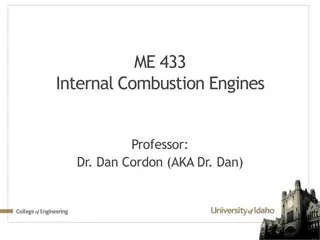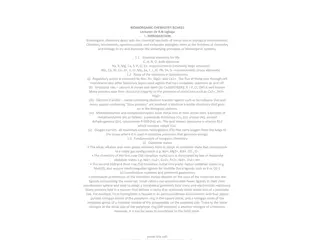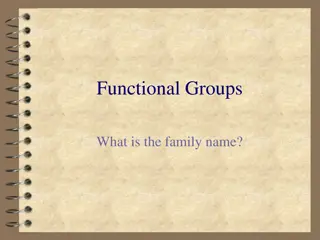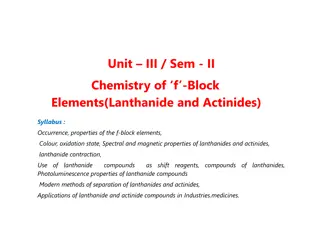Understanding Lewis Symbols in Chemistry
Lewis symbols are used to describe electron configurations in atoms and molecules. They help in understanding how elements form bonds by sharing or transferring electrons. The Octet Rule guides the formation of compounds, but exceptions exist. Double and triple bonds show atoms sharing multiple electron pairs. Writing Lewis structures involves pairing up electrons to depict molecular arrangements and electron distribution.
Download Presentation
Please find below an Image/Link to download the presentation.
The content on the website is provided AS IS for your information and personal use only. It may not be sold, licensed, or shared on other websites without obtaining consent from the author. Download presentation by click this link. If you encounter any issues during the download, it is possible that the publisher has removed the file from their server.
Presentation Transcript
Introduction to Physical Science Lewis Symbols Presented by Robert Wagner
Lewis Symbols Used to describe the valence electron configuration Elemental Symbol Dot for each electron Calcium Does not show the inner electrons Image Credit: OpenStax Chemistry - Figure 7.9 CC BY 4.0
Formation of Ionic Compounds Can use Lewis Symbols to show electron transfer for ionic bonds Can use Lewis Symbols to show covalent bonds as well Single bond - single pair of shared electrons Image Credit: OpenStax Chemistry - Figure 7.10 CC BY 4.0
Formation of Ionic Compounds Can use Lewis Symbols to show electron transfer for ionic bonds Can use Lewis Symbols to show covalent bonds as well Single bond - single pair of shared electrons Image Credit: OpenStax Chemistry - Chapter 7.3 Examples CC BY 4.0
The Octet Rule It is the tendency of main group atoms to form enough bonds to get eight electrons in the valence shell Exceptions Hydrogen - needs only two electrons to fill its valence shell Transition & Inner Transition elements do not follow octet rule Image Credit: OpenStax Chemistry - Chapter 7.3 Examples CC BY 4.0
Double and Triple Bonds Sometimes an atom needs to share more than one pair of electrons Double bond Two pairs of electrons are shared Triple bond Three pairs of electrons are shared Image Credit: OpenStax Chemistry - Chapter 7.3 Examples CC BY 4.0
Writing Lewis Structures For simple molecules and ions Pair up the unpaired electrons Example: ???4 Si has 4 valence electrons Each hydrogen has one valence electron (4 total) Image Credit: OpenStax Chemistry - Chapter 7.3 Examples CC BY 4.0
Writing Lewis Structures ??2 has 20 valence electrons (O = 6, F = 7x2 = 14) For more complicated molecules Determine the total number of valence electrons Draw the structure, arranging electrons around a central atom (connect with a single bond) Distribute remaining electrons on terminal atoms (not H) to complete octets Place remaining electrons on central atom Rearrange to make multiple bonds when possible All 20 electrons have been used so no multiple bonds needed Image Credit: OpenStax Chemistry - Chapter 7.3 Examples CC BY 4.0
Example Valence electrons: (1x1) + (4x1) + (5x1) = 10 What is the Lewis structure for HCN? Calculate number of valence electrons Draw skeleton - connect w/single bonds Distribute electrons to terminal atoms Place remaining electrons on central atom Rearrange electrons to form multiple bonds Image Credit: OpenStax Chemistry - Chapter 7.3 Examples 7.4 CC BY 4.0
Summary Lewis Symbols are used to describe the valence electron structure of an atom or ion Atoms generally follow the octet rule and want to have eight electrons in their valence shell Hydrogen is an exception as it has only one valence electron and the transition and inner transition elements do not follow the octet rule

















































